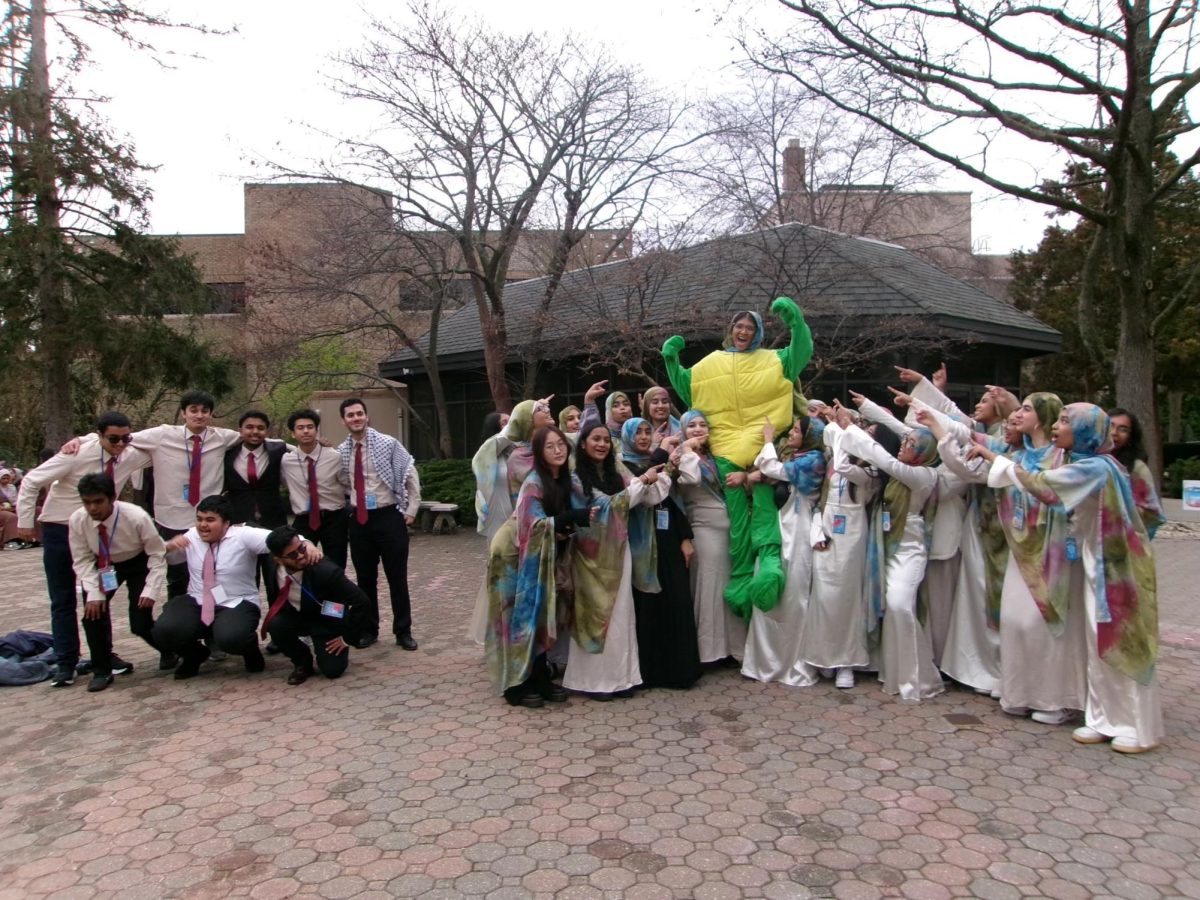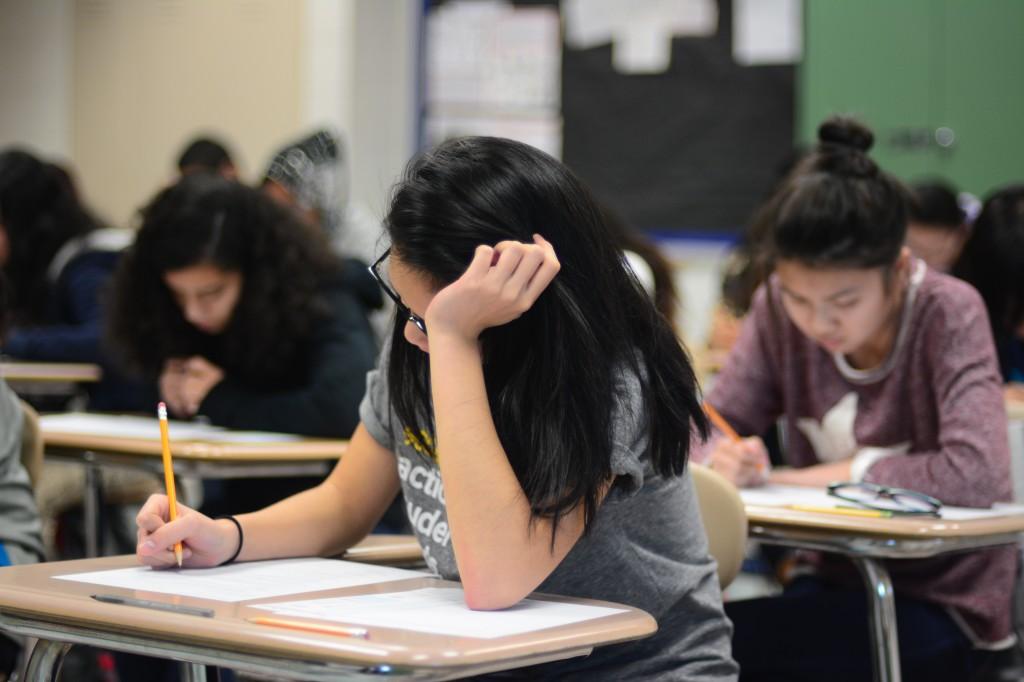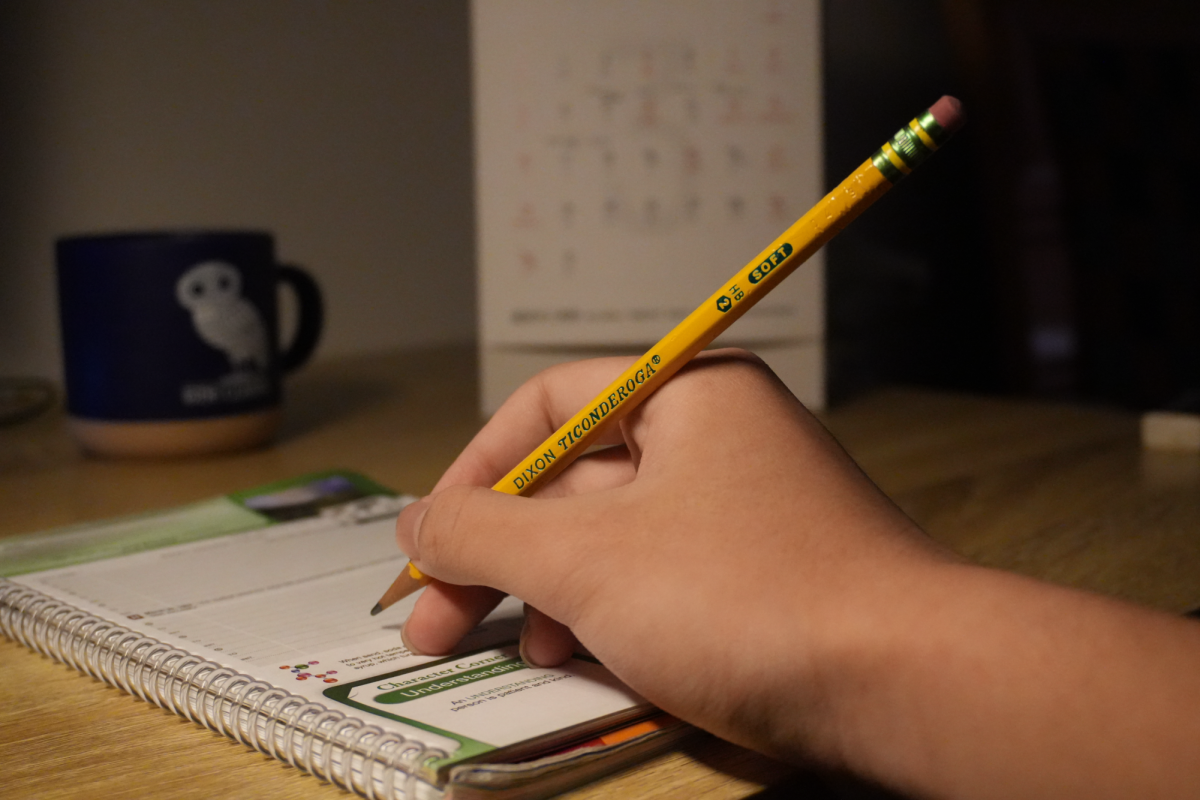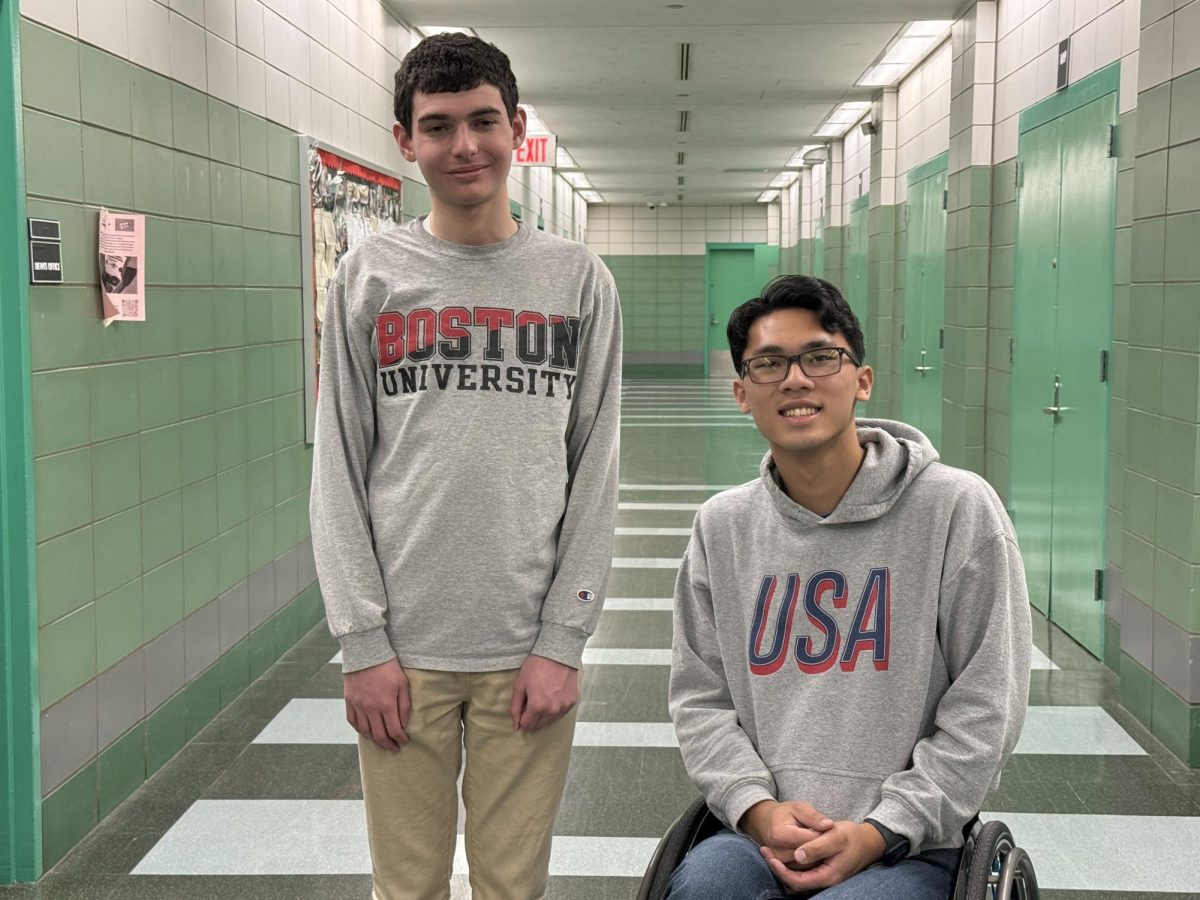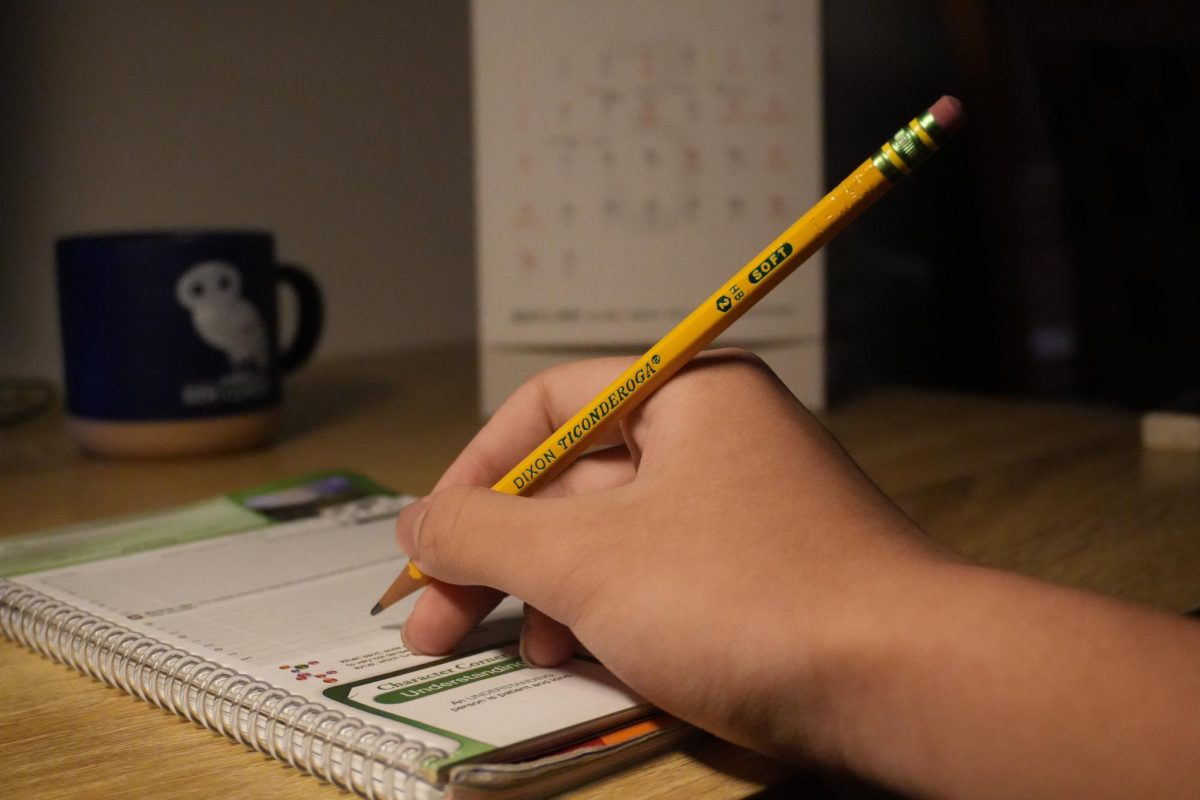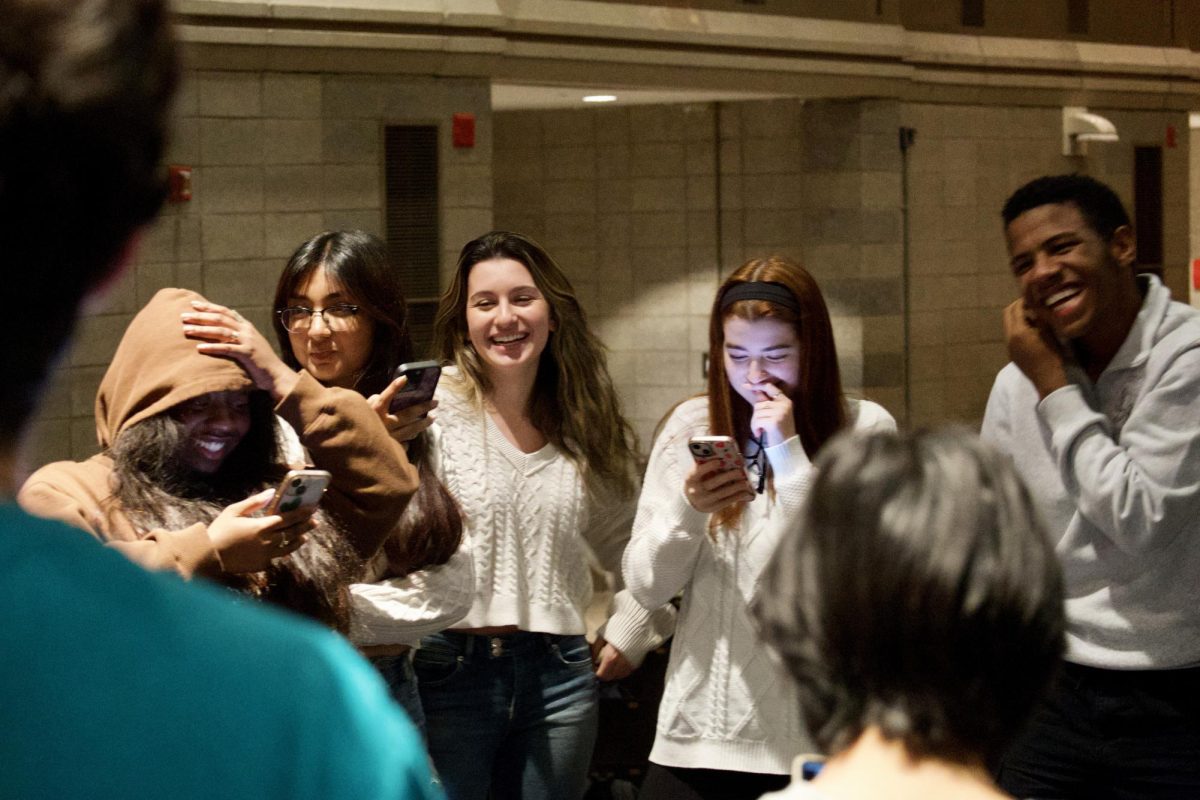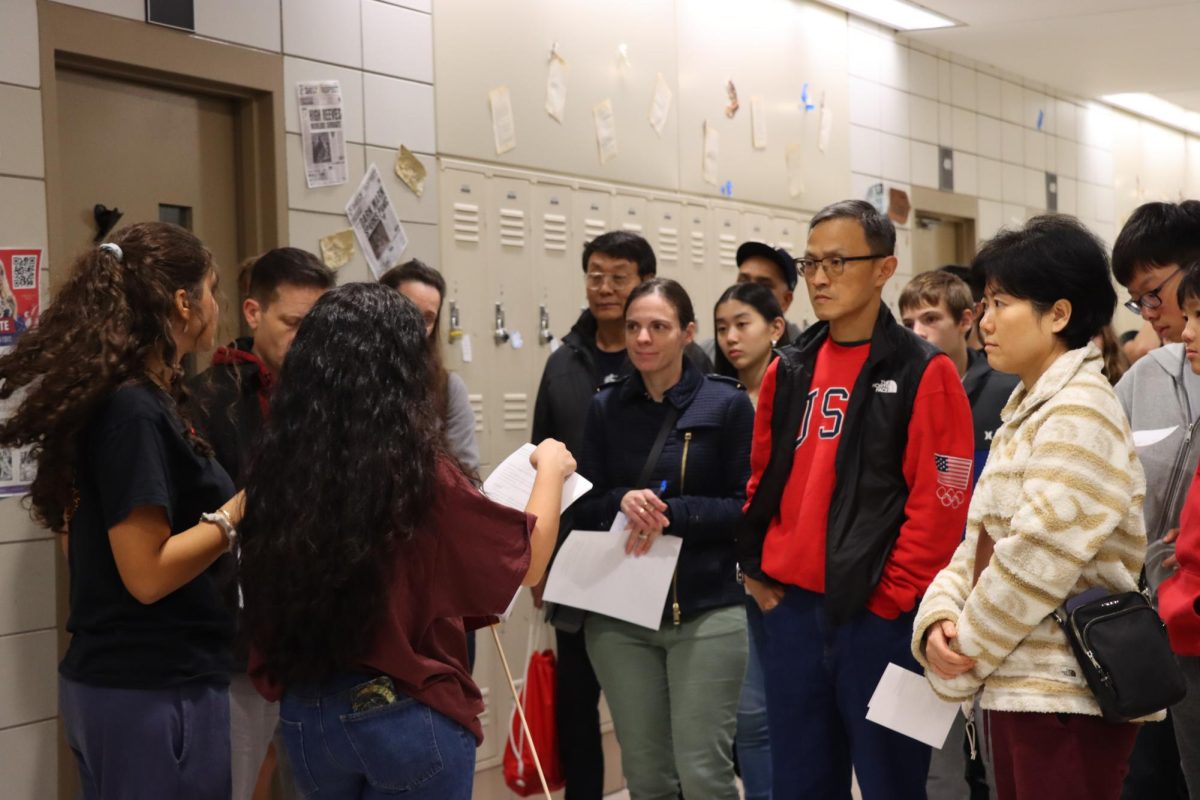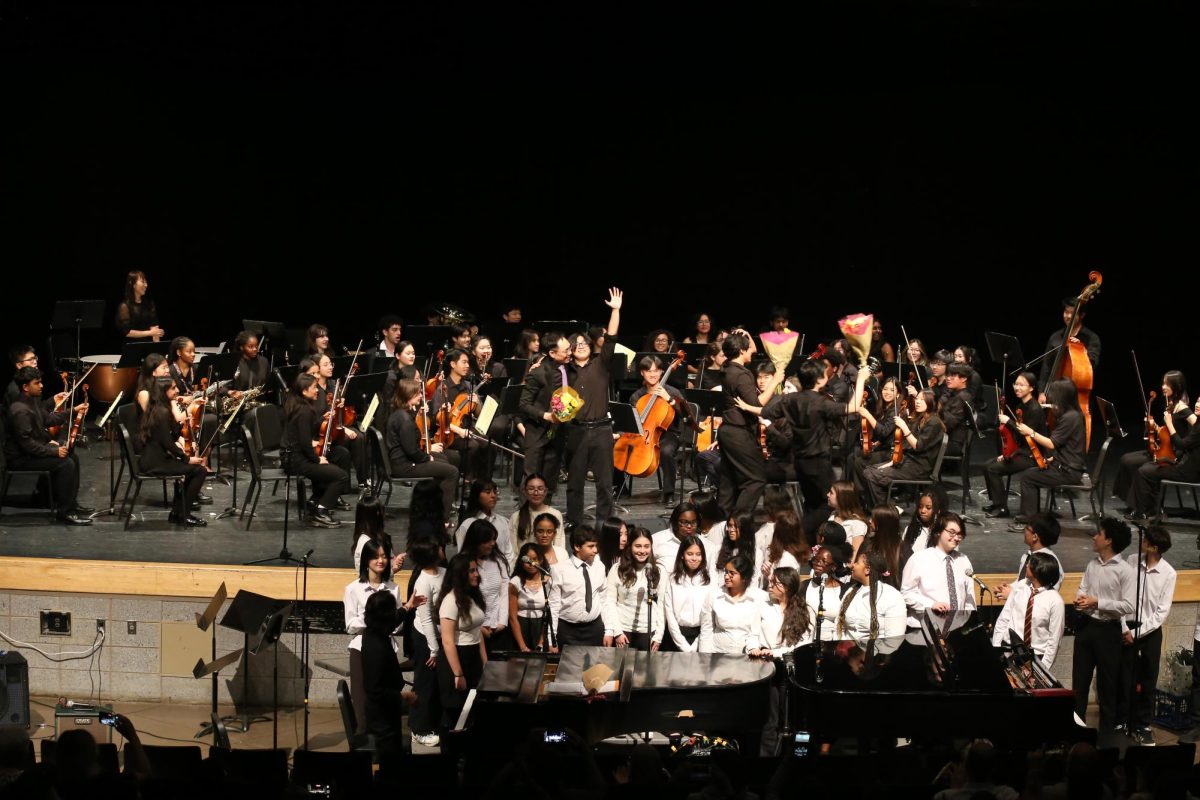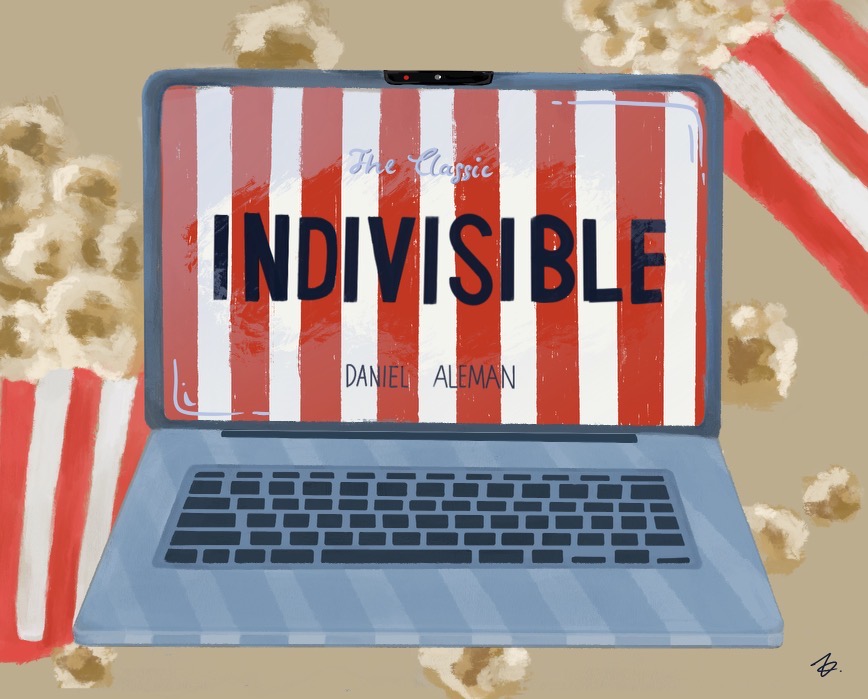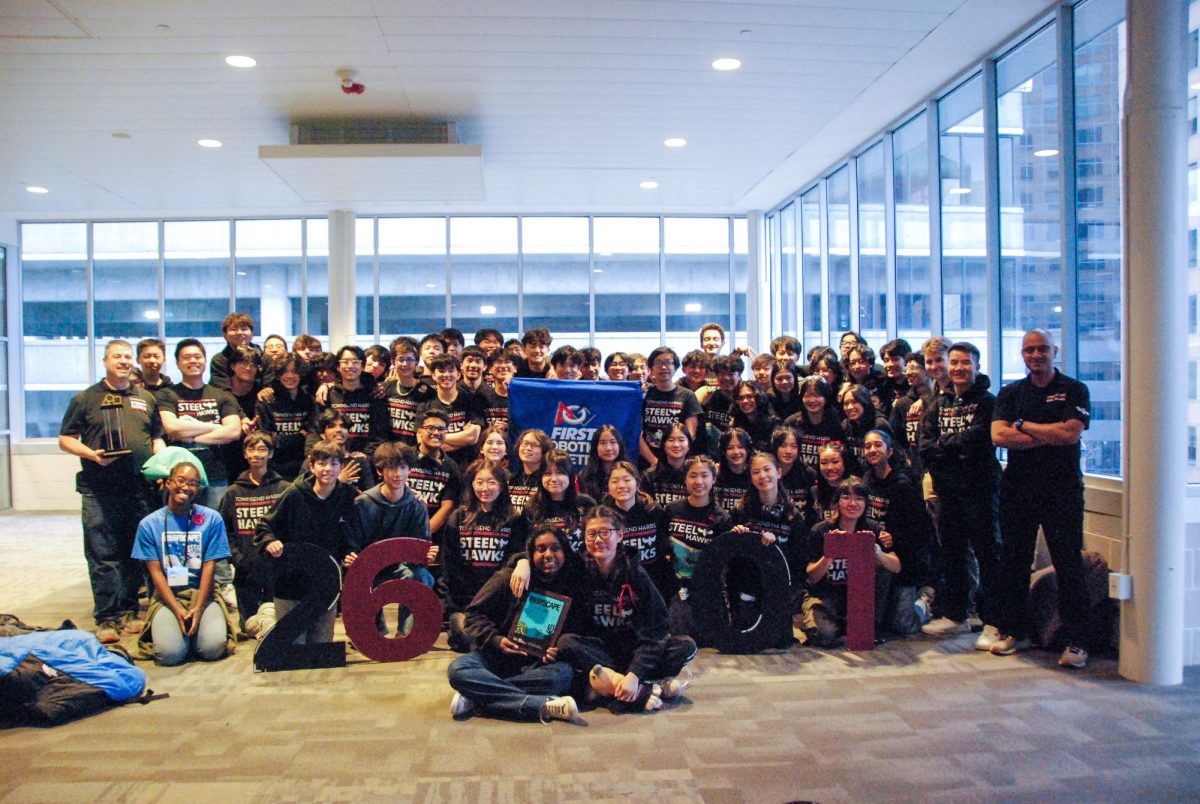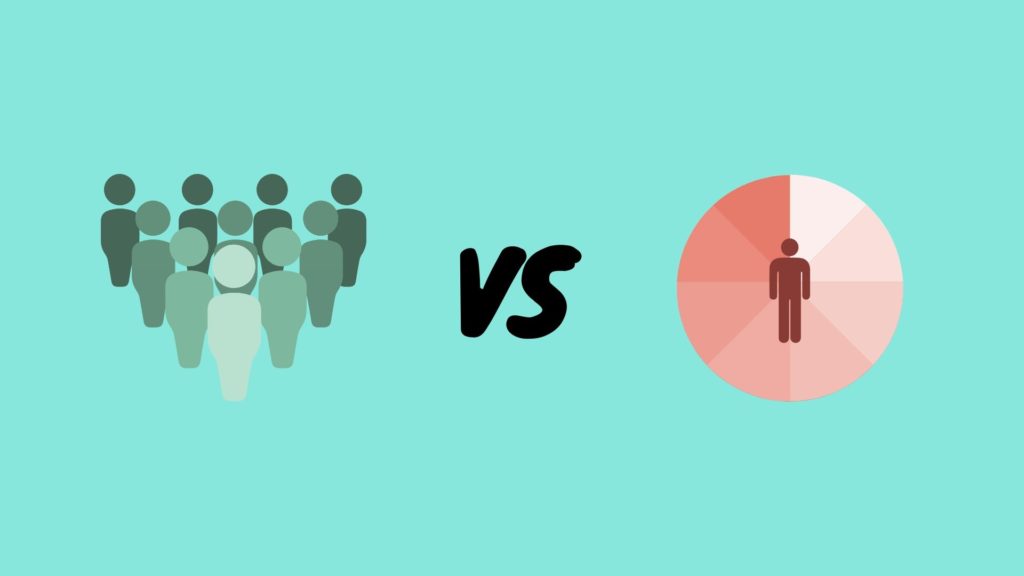
A common method of classifying people’s personalities is the distinction between introversion and extroversion. An extrovert is stereotypically thought to be outgoing and sociable, whereas an introvert is often viewed as timid and reserved. Especially due to remote learning, introverts and extroverts are adapting to the lack of physical interaction with their peers in their own ways.
When defining the distinction between the two, sophomore Yuhang Jiang said, “I think that an introvert is someone who is quiet and seeks little social interaction with others, while an extrovert is the opposite: they are outgoing and like to be socially engaged.” Junior Joyce Zheng agreed, saying that “Extroverts get their energy from interacting with people. They’re outgoing from the first impression… They tend to stick to more social settings.”
Some students shared that remote learning has allowed them to be more at ease, as they do not feel pressured to interact with students or teachers directly. “As an introvert myself, with online learning, it’s easier to hide behind the screen. You don’t have to speak as much as you would in a physical class,” junior Netanya Tsang said. “Because of their nature, extroverts are generally associated with students who participate often while introverts are often seen as those who avoid speaking in class. As such, while a person’s outgoingness isn’t explicitly a factor when it comes to grades, I think quarantine has made it easier for introverts during online classes,” junior Xu Dong agreed.
Whether students believe they are introverts or extroverts, the inability to see their friends and classmates has impacted them in various ways. “Quarantine has been very relaxing for me,” Netanya said. “While I’ve been enjoying staying at home, extroverted people may not feel the same way since communicating online can be very different from physically speaking to people.”
Freshman Brian Hsu shared similar sentiments. “I would say I’m an extrovert,” he said. “I miss talking to and joking around with my friends. Playing games via iMessage is just not the same as seeing their faces. I often contact them over FaceTime, but I hope I can physically hang out with them soon.”
A large majority of students consulted for this article described themselves as more introverted than extroverted. However, as some students have shared, these personality traits are a spectrum as opposed to a defined label. “While I originally thought I was an introvert, I think these categories are flexible and should not be the only way to understand an individual’s personality” Xu said. “Most people are a balance of the two. I enjoy being at home, but I also enjoy time interacting with my friends. In the end, the best way to understand someone is to reach out and spend time with them.”
Joyce added, “Cheerleaders, athletes, and politicians are thought to be extroverts while nerds and shut-ins are viewed as introverts. However, these labels are inaccurate representations of people. The majority of humans are ambiverts to some extent, and even if someone is more introverted than another person, that’s not something you can base them off of.”


